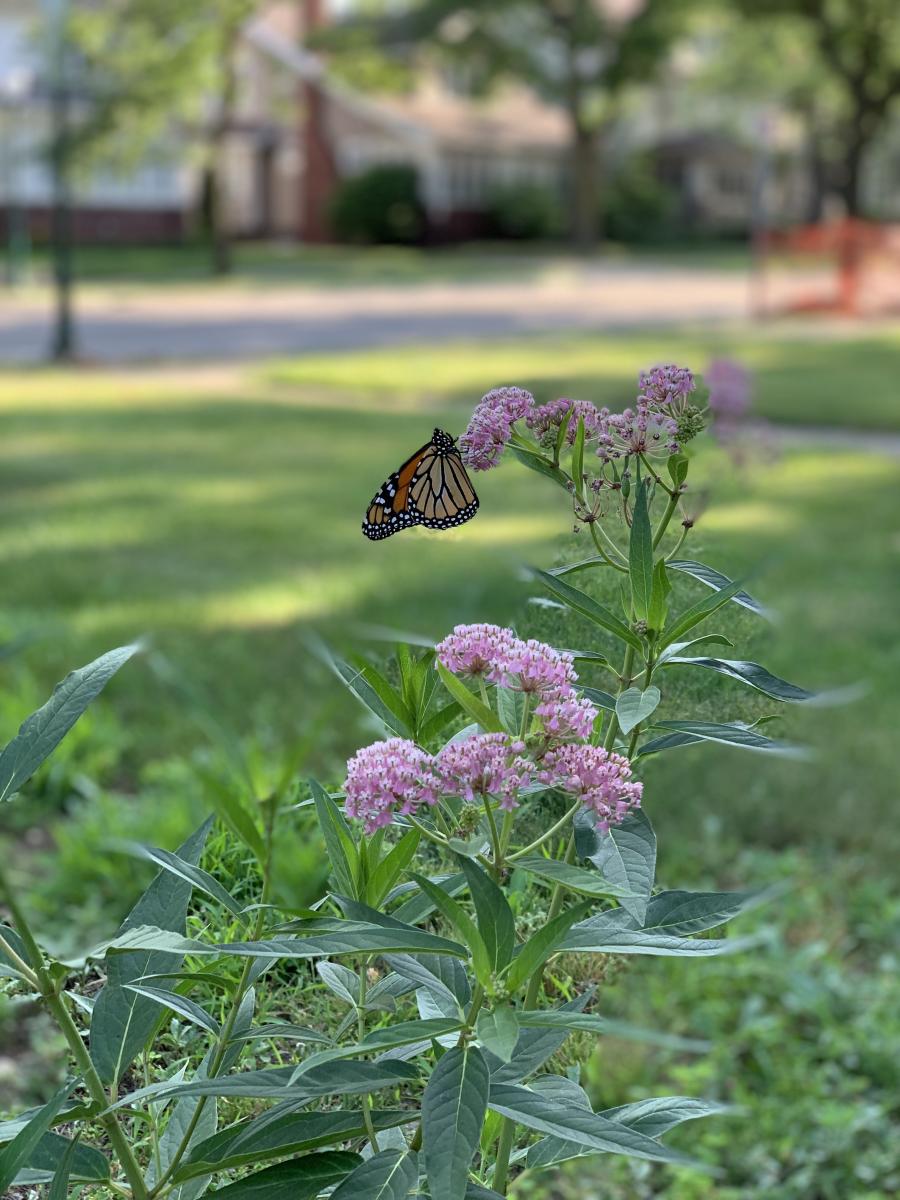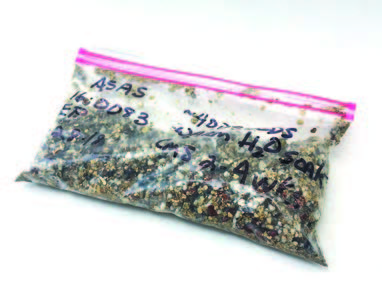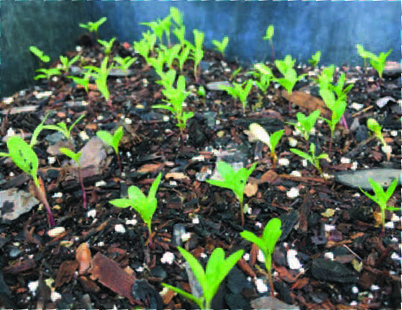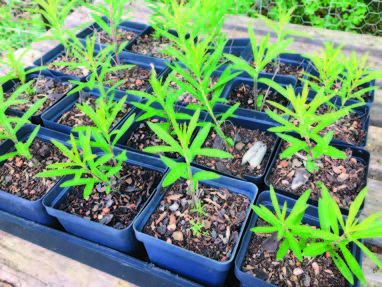HOW TO GERMINATE NATIVE PLANT SEEDS
THE PROCESS OF STRATIFICATION WORKS FOR ALL NATIVE PLANT SEEDS
Watch our easy how-to stratification video here: https://www.youtube.com/watch?v=fYFskGtf8BU&t=96s
The Wildflower Center has developed and tested a protocol that results in good germination rates for a number of our native plant and milkweed species. When it comes to seed germination, many people don't know that some seeds require a cold stratification which means they need to be in the ground over the winter in order to germinate. If you get your seeds in the spring, you need to mimic the cold stratification process by following the process below:
Read more at Gardening Know How: Seed Stratification: What Seeds Require Cold Treatment https://www.gardeningknowhow.com/garden-how-to/propagation/seeds/seed-stratification.ht

Monarch Butterfly on Rose Milkweed
1. COLLECT MATERIALS
Here are the materials you’ll need to get started:
· Milkweed and native plant seeds native to your specific eco-region
· A plastic bag with a seal or zip closure
· Stratification mix (one part perlite to one part vermiculite) or potting soil or dirt if the mix is not available
2. SOAK AND STRATIFY SEEDS
Milkweed and native plant seeds require some time in the damp cool. Soak seeds in water for several hours or overnight; tap water is okay.

· After the seeds have soaked, put them in a sealed plastic bag filled with moist stratification mix, potting soil or dirt (and by “moist” we mean like a damp sponge, no excess water).
· Refrigerate or freeze the bag of moist seeds in their mix for at least four weeks.
· Check your seeds every day or so; some seeds such as A. incarnata (Butterfly Weed) and A. tuberosa (Rose Milkweed) may begin to germinate in the bag.
3. GERMINATE
Once cold stratified, your seeds are ready to germinate.

· A bulb growing tray or other large, shallow container with drainage holes
• Transfer moist seeds and stratification mix into a bulb tray (or similar) of damp but not soggy germinating mix or potting soil.
· Seed germinating mix (can be found at garden centers or nurseries) or potting soil if not available
· Cover lightly with a germinating mix or potting soil.
· Mist to moisten soil surface thoroughly and check daily.
· As seeds germinate, mist occasionally. If they are kept too moist, the seedlings will “damp off,” which means they’ll die. Good air movement reduces the potential for damping off, so if the weather is mild or warm, move the bulb tray outdoors under bright, indirect light.
4. TRANSPLANT
Those little seedlings are growing up! Time for them to move out on their own.

· Once the seedlings have one or more sets of true leaves, gently transplant them into 4-inch pots or 5-inch liners filled with a jwell-draining growing mix.
· Center Propagation Specialist Susan Prosperie advises leaving seedlings in pots for at least four-six weeks (until they grow enough roots to survive) and transplanting them into the ground in spring or fall. Plant outside when temperatures are high enough with no frost if planting in the spring.
So what are you waiting for? Go ahead and get growing!
Rochester Pollinators Mission Statement:
Rochester Pollinators' mission is to provide education and resources to preserve the Monarch butterfly and pollinator population. By reintroducing Michigan native plants into local landscapes including home gardens, businesses and municipal landscapes, we can help our local pollinators flourish!
For more information about the Rochester Pollinators and how you can help please visit www.rochestermi.org/pollinators
Email [email protected] for questions.
To support our organization please visit www.etsy.com/shop/rochesterpollinators. Purchase Michigan native plant seeds, custom-designed T-shirts, pins and postcards. All proceeds go towards saving the Monarch butterfly and our local pollinators.
